I was flittering through a drawer in my desk to find the spare set of Land Rover keys and came upon a black envelope with gold writing. With intrigue, I opened it. It was an invitation to a 21st birthday party, coincidentally 36 years ago to the day, on 21 May 1983.
Later, I told Mrs P I knew exactly where I was off to on this evening in 1983, me all bright-eyed and bushy-tailed in the Jetta borrowed from my mother. Mrs P’s response was succinct and quipped she’d never heard me mention the lovely hostess – which you only could assume was a good thing.
Anyhow, my mind was swept back to the unforgettable summer of 1983. Likely the Taarup 602 precision chop was coupled up to the big six-pot Ursus 12011 and ready to attack some grass, 1983 style.
The 20-piece jigsaw set of silage sides were on the trailers, with the bolts plastered with corrosive fertiliser as an early form of Loctite to stop them rattling open, because shake, rattle and roll they did.
The mighty Donmac push-off buckrake on the Ford 7600 stood poised for action on the pit. The safety cab would be removed once the headroom became limited under the pit’s roof.
The risk to the operator was then two-fold; either decapitation by a shed truss or slipping over the edge to certain death, but we didn’t see it that way.
Unlike today, the silage campaign seemed to go for weeks and the tea basket’s arrival in the field at five o’clock with jam sandwiches was the highlight of the day.
While we worked until nine most evenings, I’d have to sneak off to do a bit of spraying and leave the men covering the pit. I’d fill the 1,500l Allman trailed sprayer with manual-fold 12m booms and maybe head off to Kinnegad where we had land taken. It was an hour’s run to Kinnegad on the Fiat 780, but it was a lovely tractor and great to get away from the awful Ursus. The first Fendt was two years away.
Now since this is meant to be a tillage column, I thought I’d give you a From the Tramlines style account of the cropping in Kinnegad in 1983.
It was sown with Igri winter barley, drilled with a 15 row MF 30 drill and sprayed with three pints of Avadex for wild oats in the autumn. On 28 May 1983, I sprayed it with a half pint of Radar (propiconazole) for rhyncho, which cost €9.14/acre.
The crop was harvested on 21 July with the New Holland 1540S combine and the crows ate half an acre. The yield was low, at 2.1t/acre, but at a superb price – by today’s standards – of €158/t green.
It appears 1983 was a low-yielding year. The wheat variety Armada came in at 3.13t/acre, whereas it yielded 3.60t/acre in 1982. But the iconic variety Norman did 3.98t dried/acre in a memorable 1984. OK, so what’s new?
Anyhow, to return to Kinnegad. Straw was worth nothing that year, but while burning was permissible, the field was right beside the town and two petrol stations.
I’d warned my trailer man not to be smoking in the field after I’d left with the combine. Anyway, somehow the straw ignited, the field took off, Kinnegad was blacked out and the Dublin/Galway traffic brought to a standstill.
The following year, a garda collared me in the Kinnegad field and said he’d even buy the straw as he didn’t want the burning of Kinnegad to become an annual ritual to celebrate the beginning of harvest.
Read more
Farmer Writes: the quiet revolution gripping Irish farming
Farmer Writes: most farmers are weather buffs to some degree
I was flittering through a drawer in my desk to find the spare set of Land Rover keys and came upon a black envelope with gold writing. With intrigue, I opened it. It was an invitation to a 21st birthday party, coincidentally 36 years ago to the day, on 21 May 1983.
Later, I told Mrs P I knew exactly where I was off to on this evening in 1983, me all bright-eyed and bushy-tailed in the Jetta borrowed from my mother. Mrs P’s response was succinct and quipped she’d never heard me mention the lovely hostess – which you only could assume was a good thing.
Anyhow, my mind was swept back to the unforgettable summer of 1983. Likely the Taarup 602 precision chop was coupled up to the big six-pot Ursus 12011 and ready to attack some grass, 1983 style.
The 20-piece jigsaw set of silage sides were on the trailers, with the bolts plastered with corrosive fertiliser as an early form of Loctite to stop them rattling open, because shake, rattle and roll they did.
The mighty Donmac push-off buckrake on the Ford 7600 stood poised for action on the pit. The safety cab would be removed once the headroom became limited under the pit’s roof.
The risk to the operator was then two-fold; either decapitation by a shed truss or slipping over the edge to certain death, but we didn’t see it that way.
Unlike today, the silage campaign seemed to go for weeks and the tea basket’s arrival in the field at five o’clock with jam sandwiches was the highlight of the day.
While we worked until nine most evenings, I’d have to sneak off to do a bit of spraying and leave the men covering the pit. I’d fill the 1,500l Allman trailed sprayer with manual-fold 12m booms and maybe head off to Kinnegad where we had land taken. It was an hour’s run to Kinnegad on the Fiat 780, but it was a lovely tractor and great to get away from the awful Ursus. The first Fendt was two years away.
Now since this is meant to be a tillage column, I thought I’d give you a From the Tramlines style account of the cropping in Kinnegad in 1983.
It was sown with Igri winter barley, drilled with a 15 row MF 30 drill and sprayed with three pints of Avadex for wild oats in the autumn. On 28 May 1983, I sprayed it with a half pint of Radar (propiconazole) for rhyncho, which cost €9.14/acre.
The crop was harvested on 21 July with the New Holland 1540S combine and the crows ate half an acre. The yield was low, at 2.1t/acre, but at a superb price – by today’s standards – of €158/t green.
It appears 1983 was a low-yielding year. The wheat variety Armada came in at 3.13t/acre, whereas it yielded 3.60t/acre in 1982. But the iconic variety Norman did 3.98t dried/acre in a memorable 1984. OK, so what’s new?
Anyhow, to return to Kinnegad. Straw was worth nothing that year, but while burning was permissible, the field was right beside the town and two petrol stations.
I’d warned my trailer man not to be smoking in the field after I’d left with the combine. Anyway, somehow the straw ignited, the field took off, Kinnegad was blacked out and the Dublin/Galway traffic brought to a standstill.
The following year, a garda collared me in the Kinnegad field and said he’d even buy the straw as he didn’t want the burning of Kinnegad to become an annual ritual to celebrate the beginning of harvest.
Read more
Farmer Writes: the quiet revolution gripping Irish farming
Farmer Writes: most farmers are weather buffs to some degree




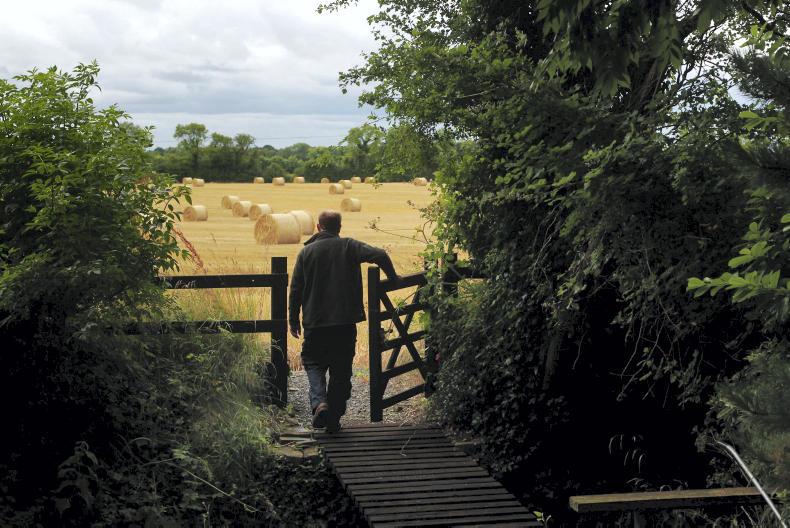
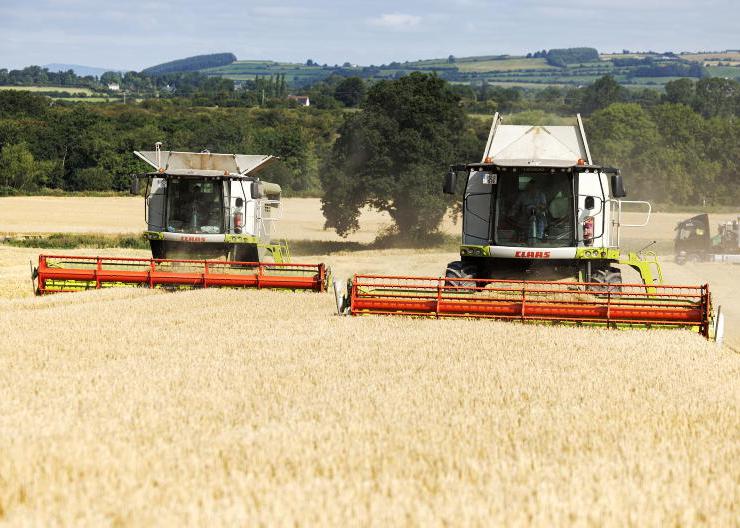

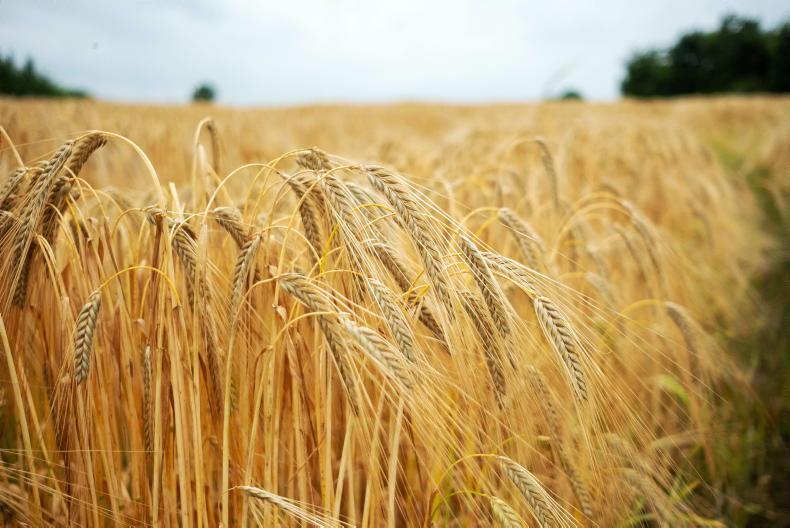
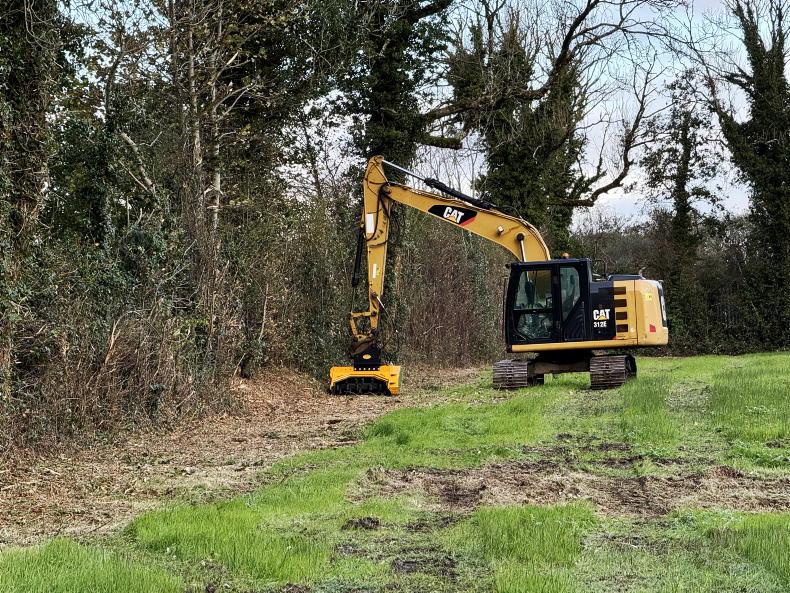
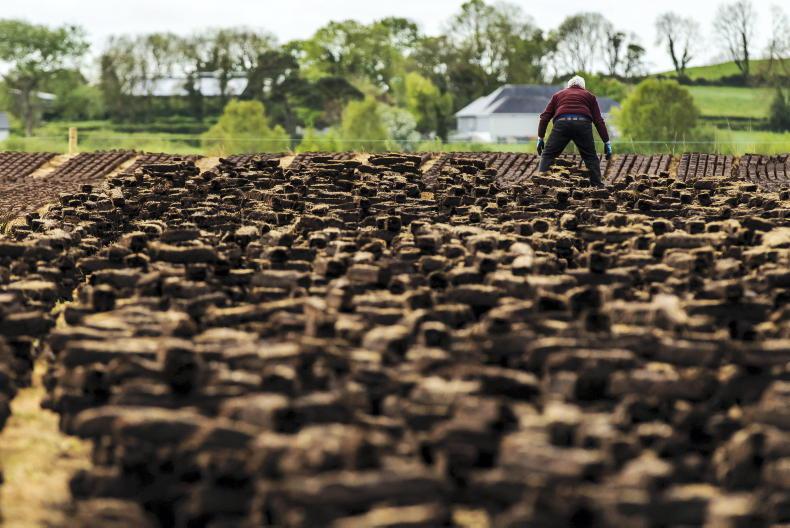
SHARING OPTIONS